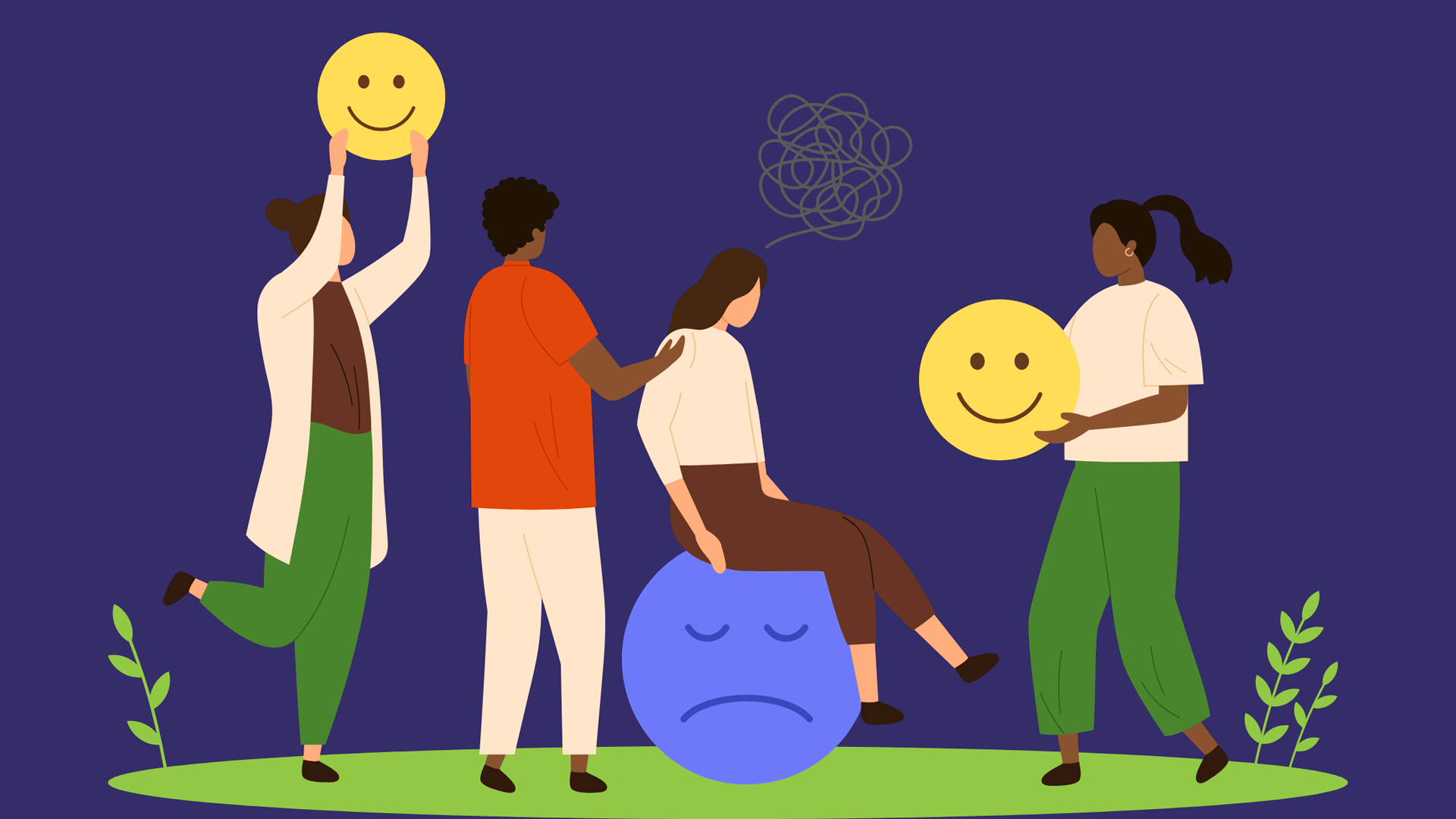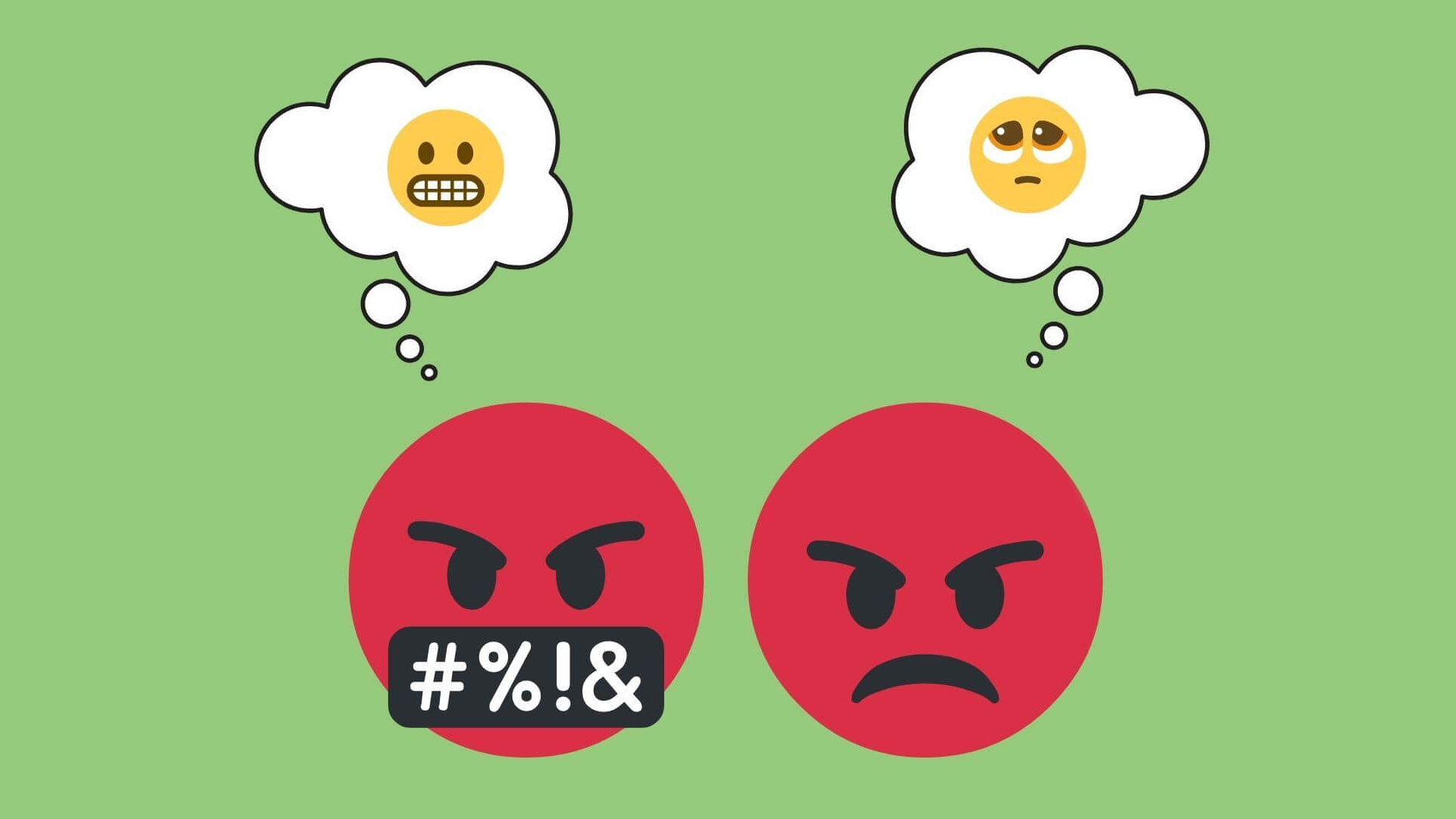Feelings & Conflict: Understanding Emotions in Disagreements

Why do small disagreements sometimes feel like huge battles?
The Dive
Emotions are powerful. They can help us connect with others, but they can also cloud our thinking when things get heated. During a conflict, strong emotions like fear or anger can make it harder to listen or stay calm. That’s why understanding our feelings is a key step in resolving problems.
Let’s talk about worry. Worry, or anxiety, is a natural feeling that tries to protect us from danger or prepare us for change. But sometimes, worry makes problems seem bigger than they are. If you’re already feeling anxious, you might misread what someone says or assume the worst.
Feelings are not bad, they’re just signals. But we need to recognize them and name them to use them in helpful ways. Saying 'I’m upset' is a start, but what kind of upset? Are you frustrated? Embarrassed? Disappointed? The more specific we are, the easier it is to understand what’s really going on.
In long-term or big group conflicts, emotions like fear and anger can spread through communities. People start reacting not just as individuals, but as members of a group that feels threatened. This is called group-based emotion. Understanding these shared feelings can help bring people together for peace.
Not all emotions make conflict worse. Some can actually help calm a situation. When people care about their relationships, emotions like empathy and compassion can lead to better listening and problem-solving. Learning to regulate emotions doesn’t mean ignoring them, it means using them wisely.
Emotion regulation is the skill of managing how we express and react to feelings. It’s not about pretending we don’t feel something, but about deciding how to act on those feelings. This can help reduce conflict, make better decisions, and create stronger connections with others.
When we name our feelings clearly and understand where they come from, we’re better able to solve problems. Saying 'I felt hurt when you didn’t include me' opens the door to understanding, while just saying 'You were mean' might shut it down.
Whether we’re dealing with a playground argument or a bigger community conflict, emotions are always involved. Learning how to notice, name, and navigate our feelings helps us grow into better problem-solvers and better friends.
Why It Matters
Conflict is part of life—but how we handle it shapes who we become. When kids learn to understand their feelings and recognize how emotions impact conflict, they gain a powerful tool for navigating friendships, family life, and even bigger community challenges. This kind of emotional awareness builds empathy, strengthens communication, and helps young people grow into thoughtful, resilient citizens.
?
What’s the difference between being angry and being hurt?
How can worry affect the way we see a situation?
Why is naming your feelings helpful during conflict?
What does it mean to regulate your emotions?
Can emotions ever help solve a conflict?
What are some ways to calm down before talking things out?
How do emotions spread in big group conflicts?
Have you ever felt upset but didn’t know why? What helped you figure it out?
Dig Deeper
Learn what’s going on in your brain when emotions take over—and how you can take back control.
Explore a tool called the Process Model to better understand and regulate emotions.
Related

Understanding Conflict: Why We Clash and How to Work It Out
Conflict is part of being human. Whether it’s a disagreement with a friend, a clash over ideas, or just a bad mood meeting a worse one—understanding what causes conflict and how to handle it can turn friction into growth.

Active Listening: The Power of Paying Attention
Active listening isn’t just about hearing—it’s about understanding. When we listen with our whole body and mind, we build stronger relationships, reduce conflict, and show people they matter.

The Power of I Statements
Learning to say how you feel without blaming others is a superpower. 'I' statements help you speak up, stay calm, and build better relationships—one sentence at a time.
Further Reading
Stay curious!
